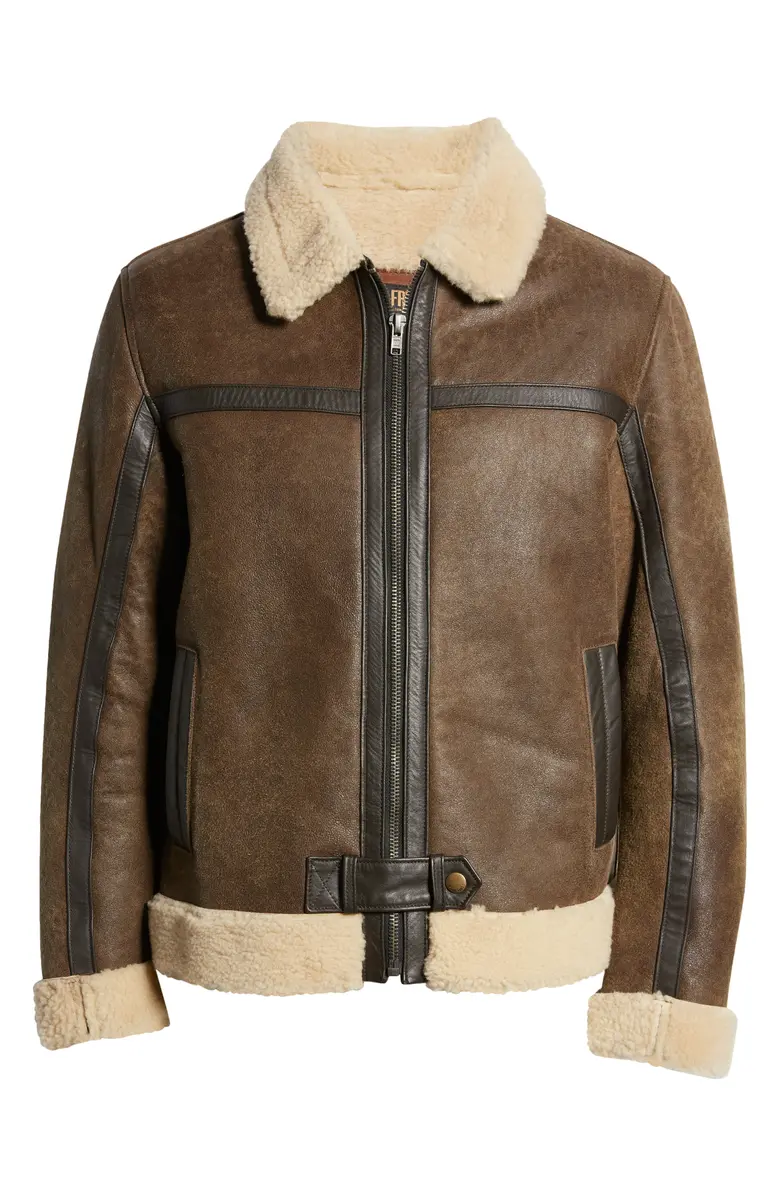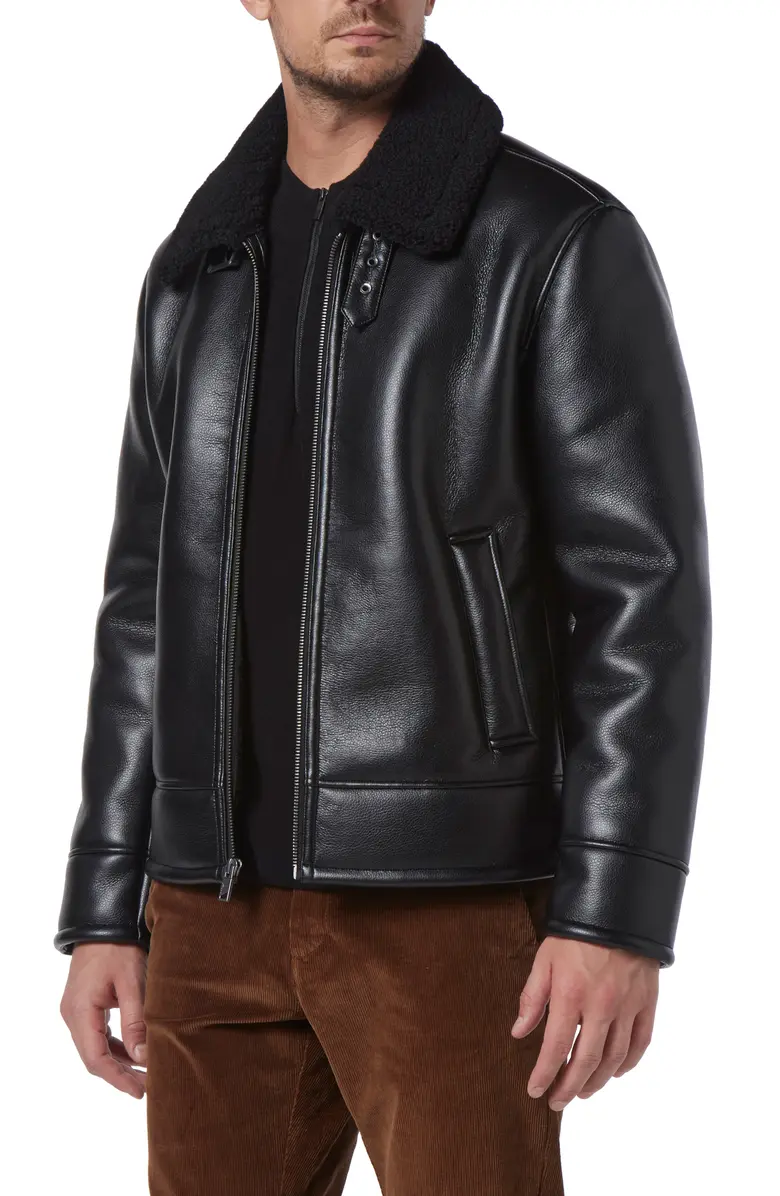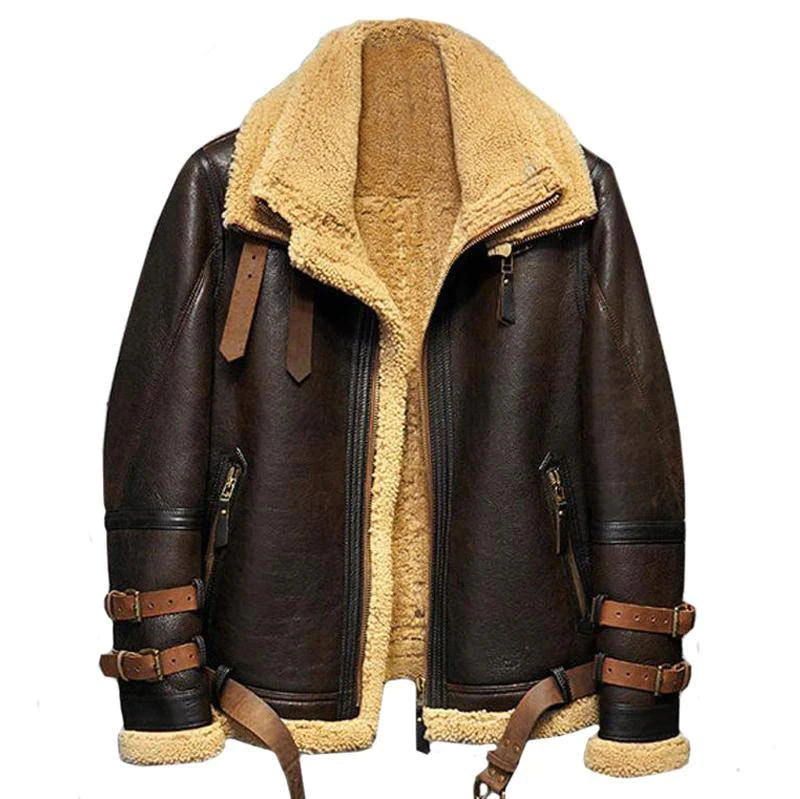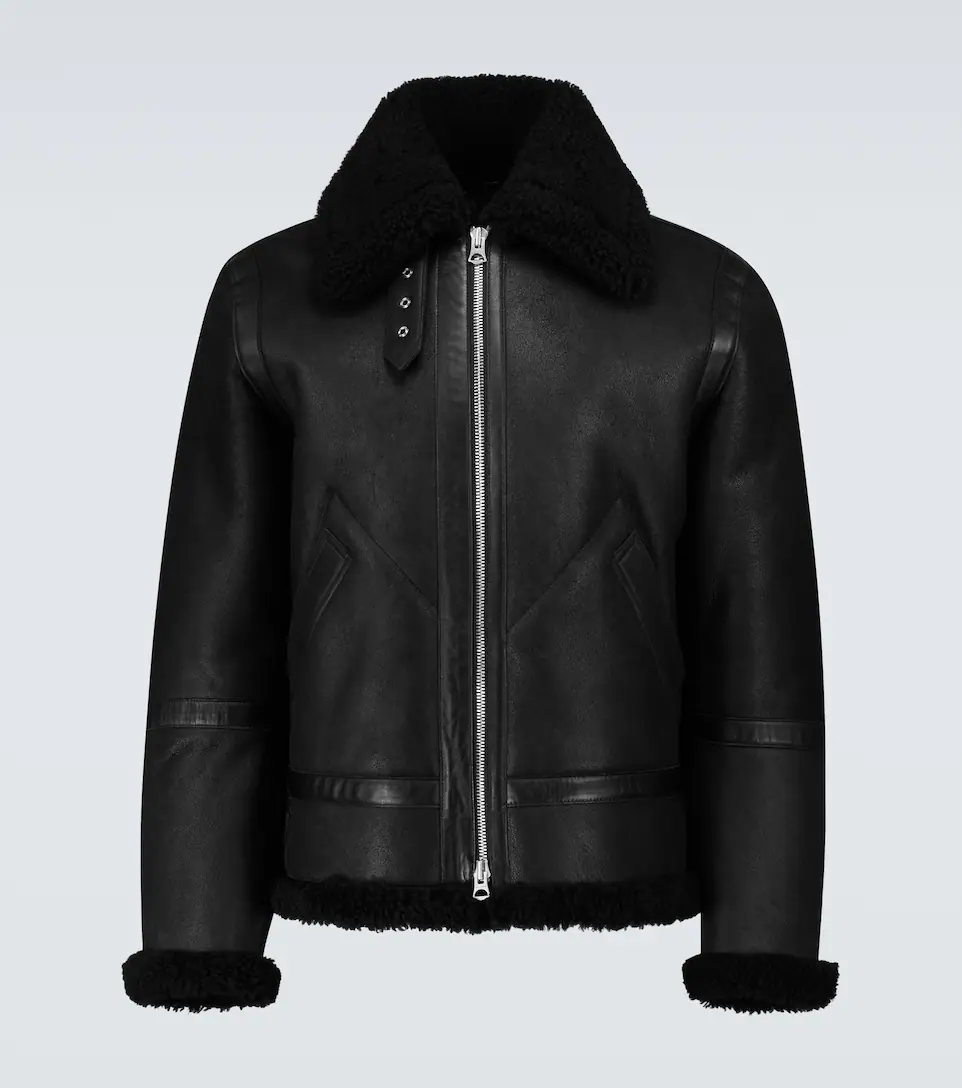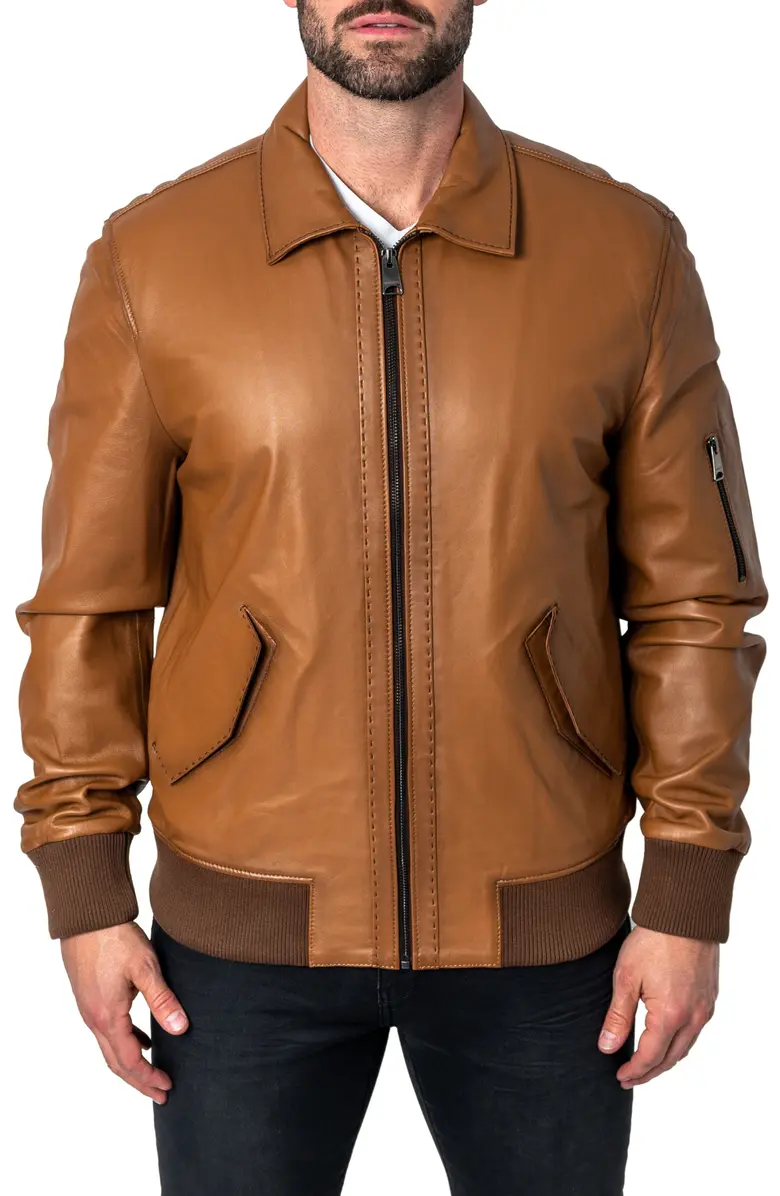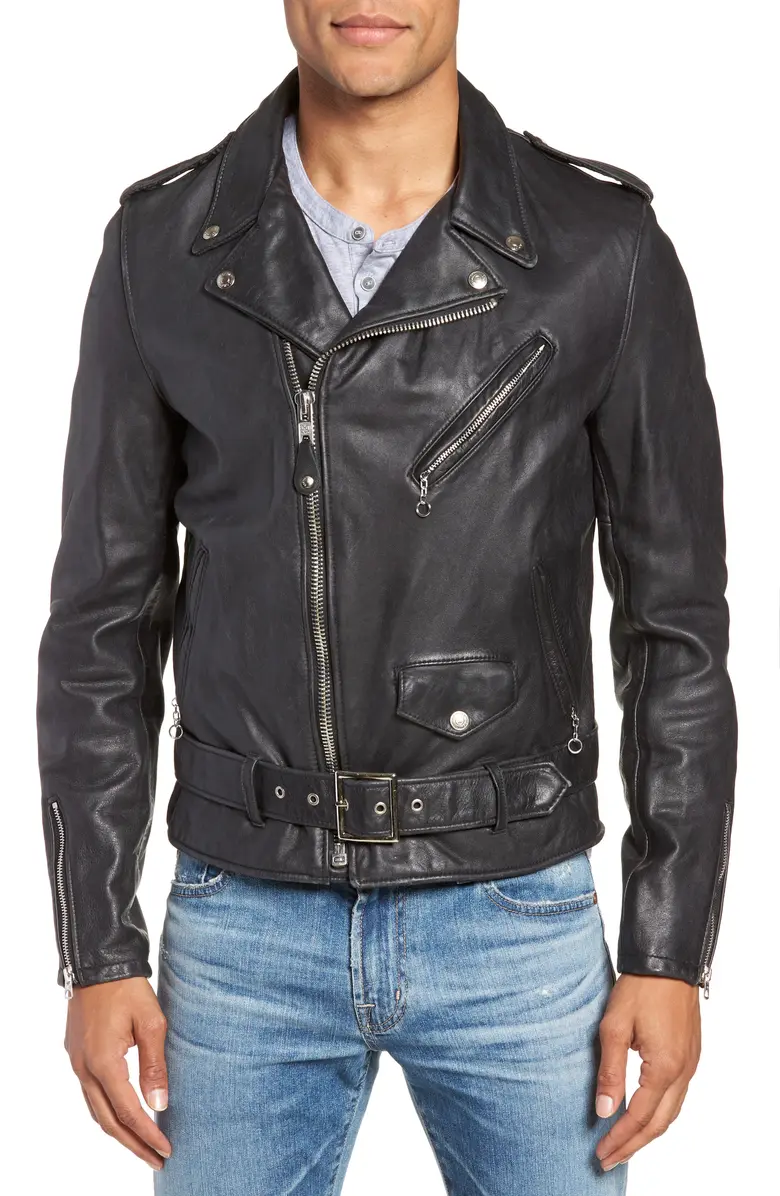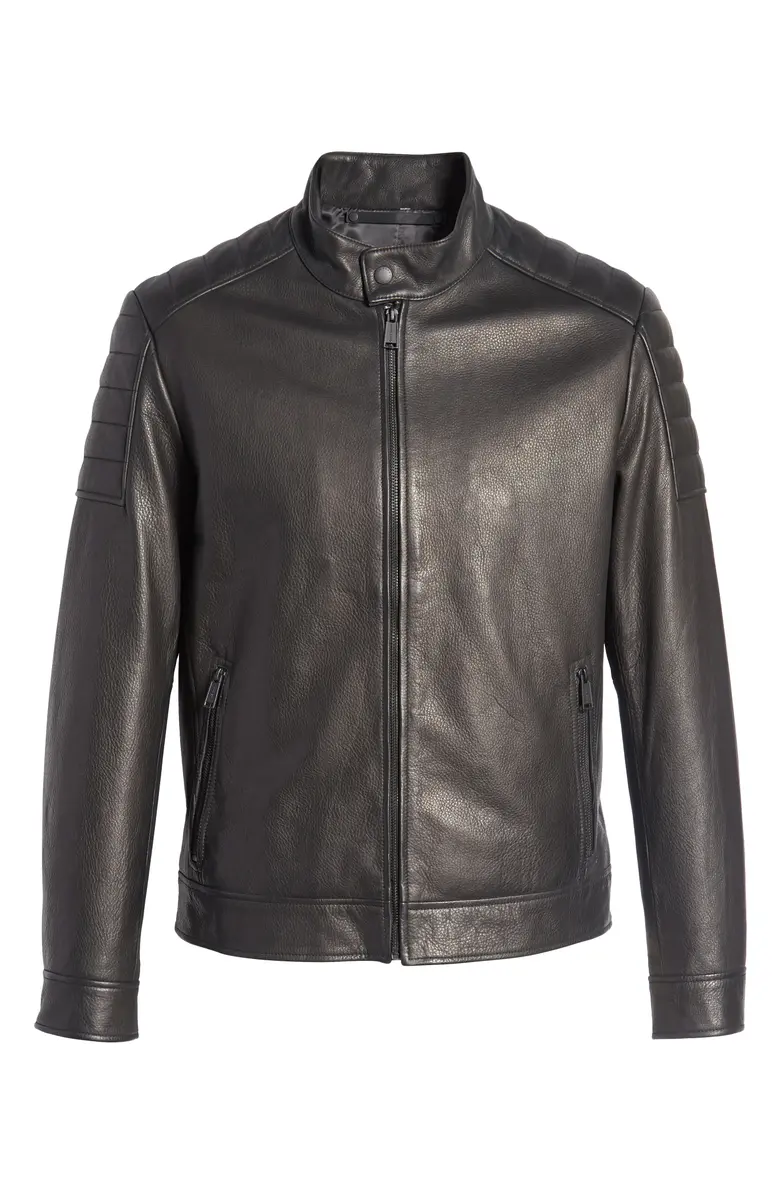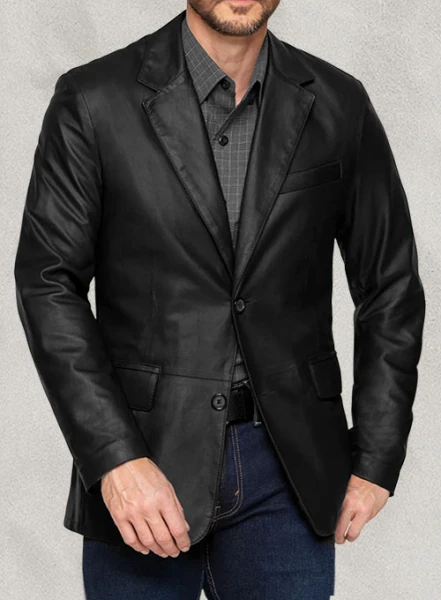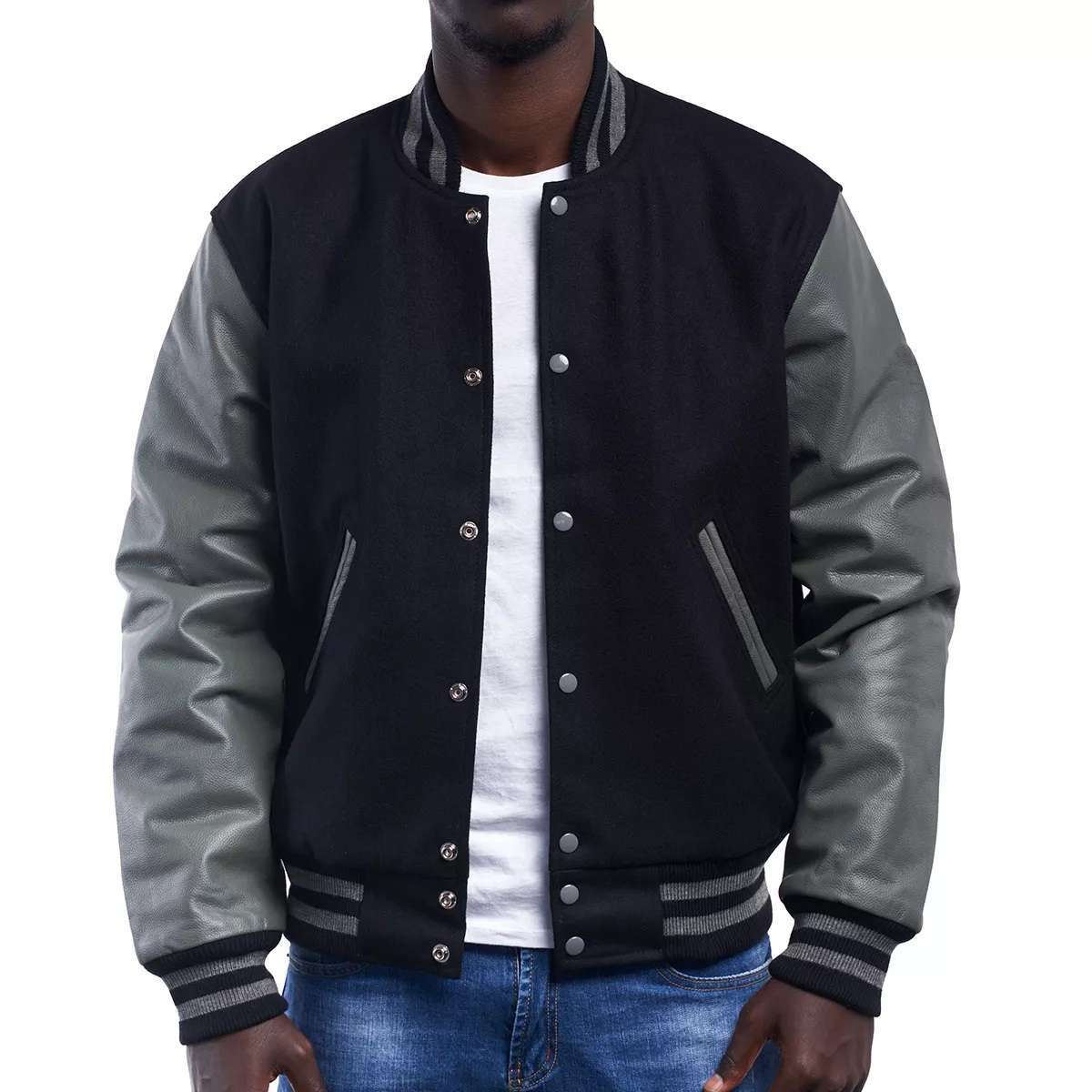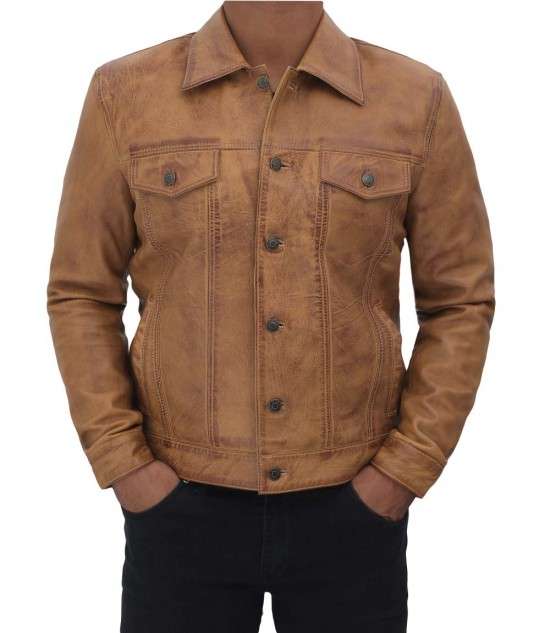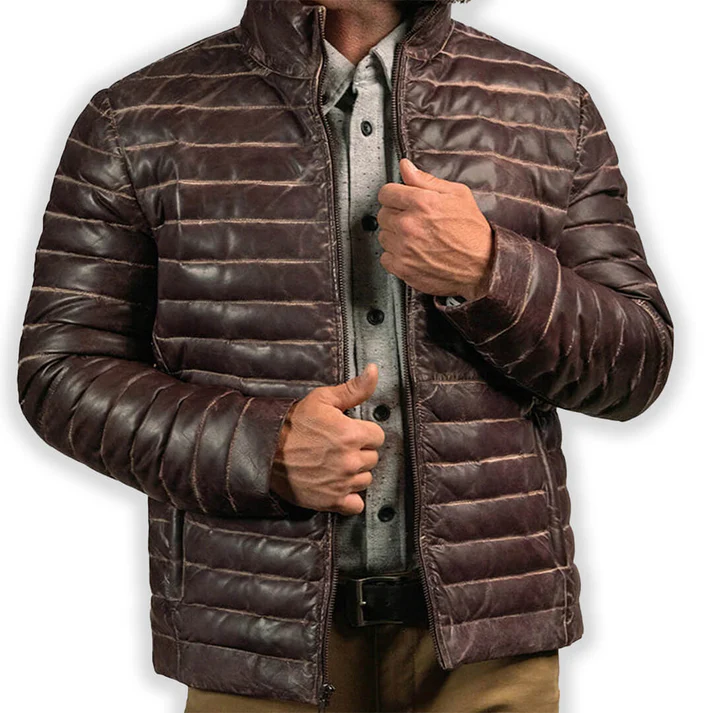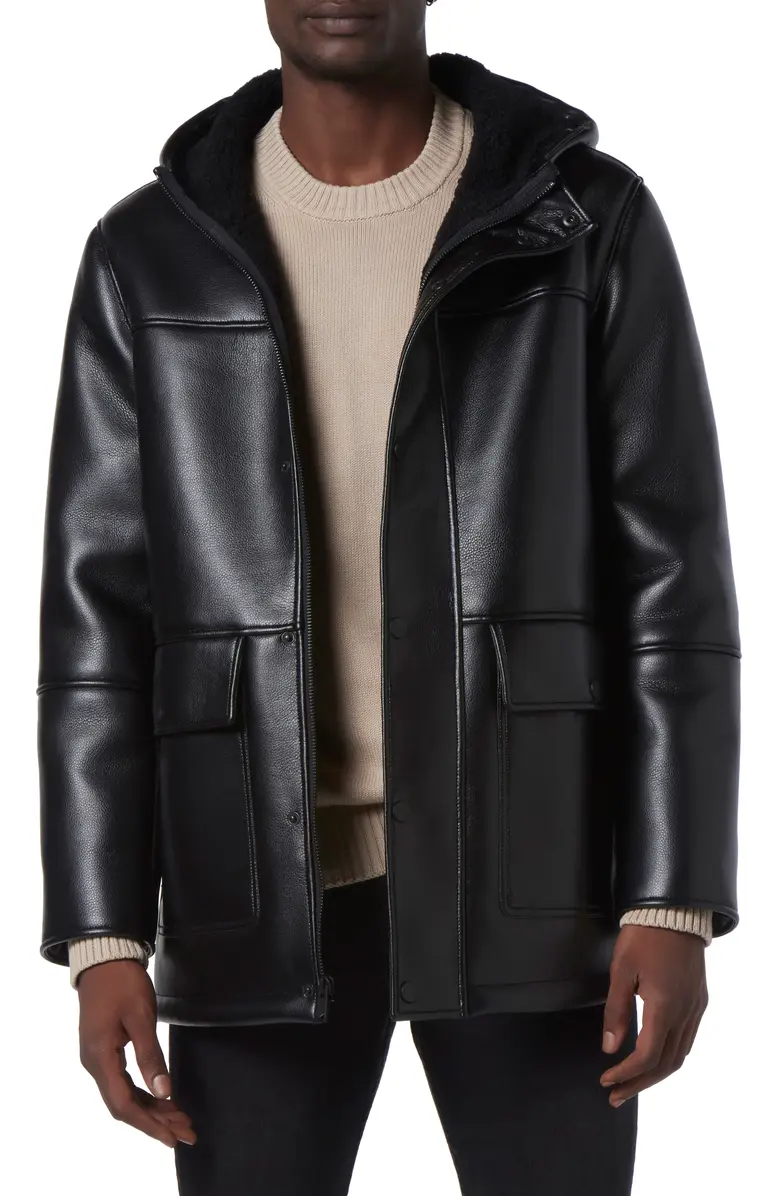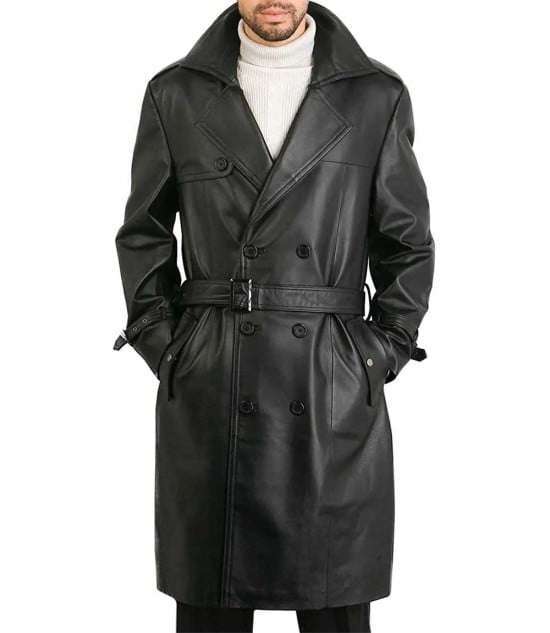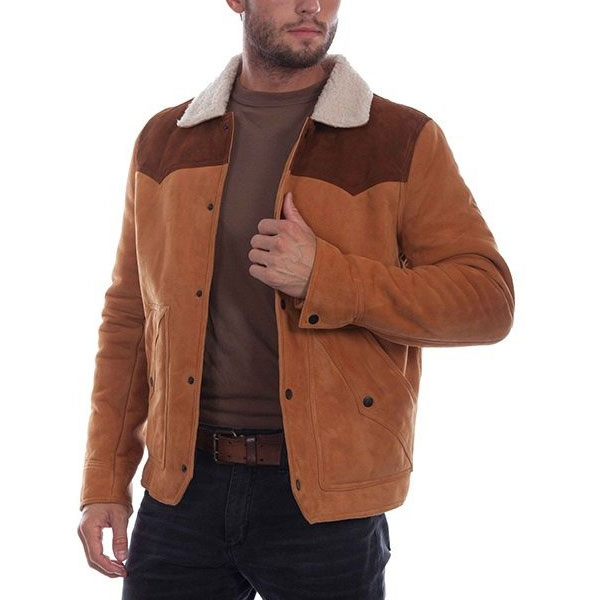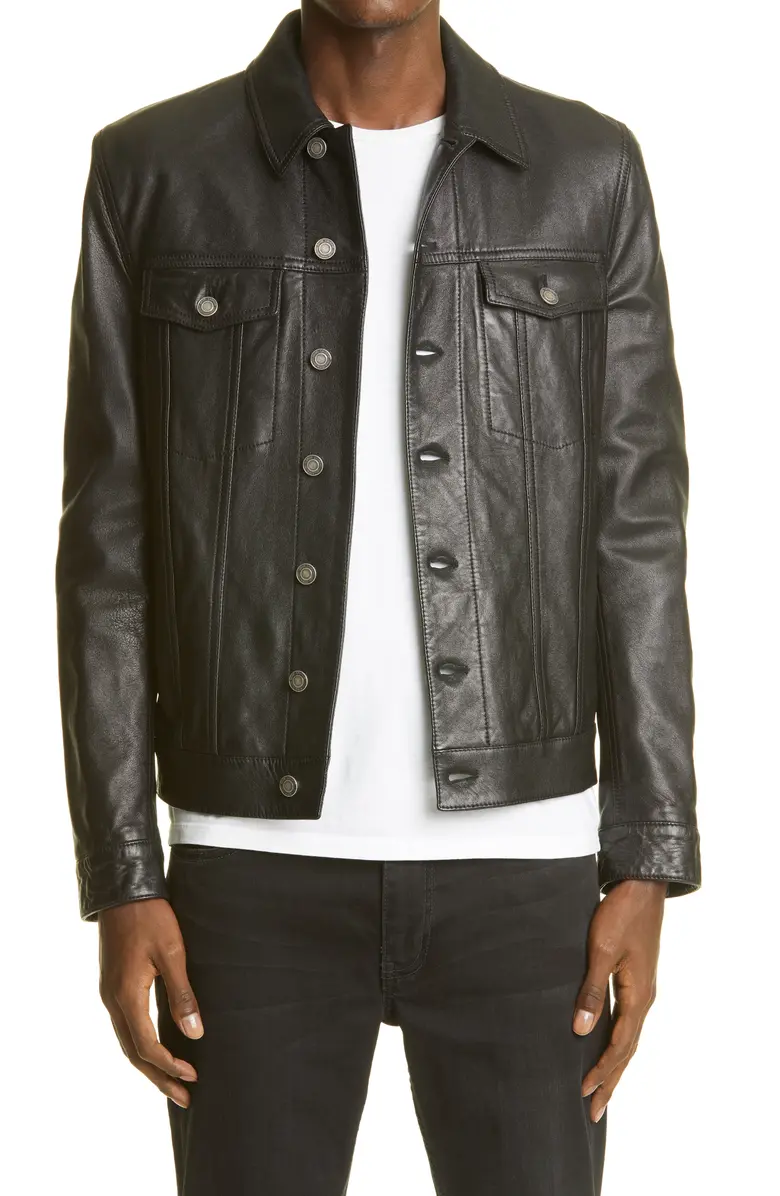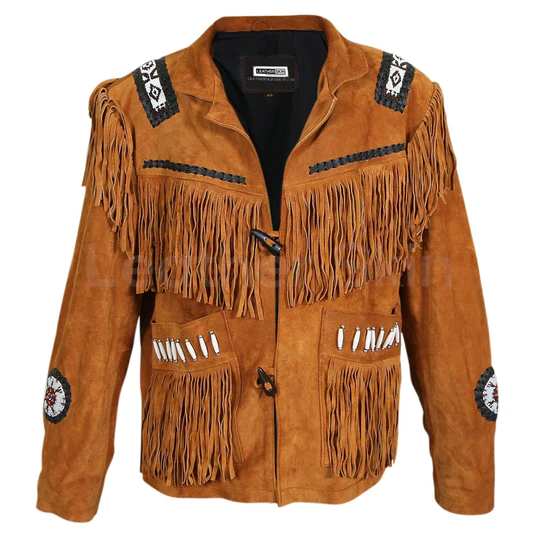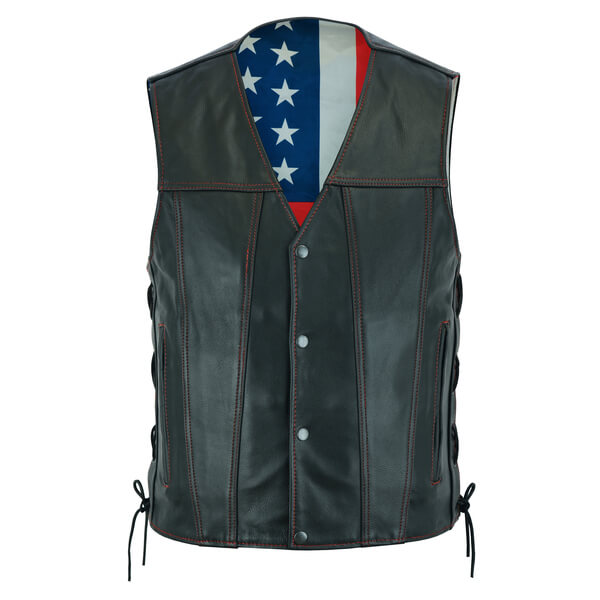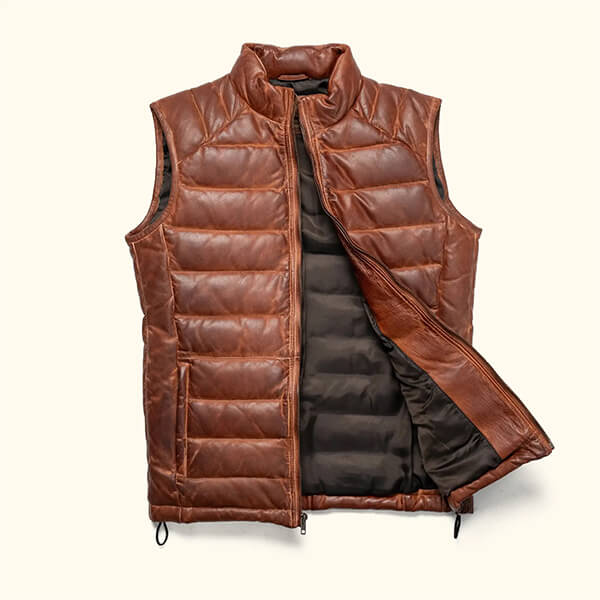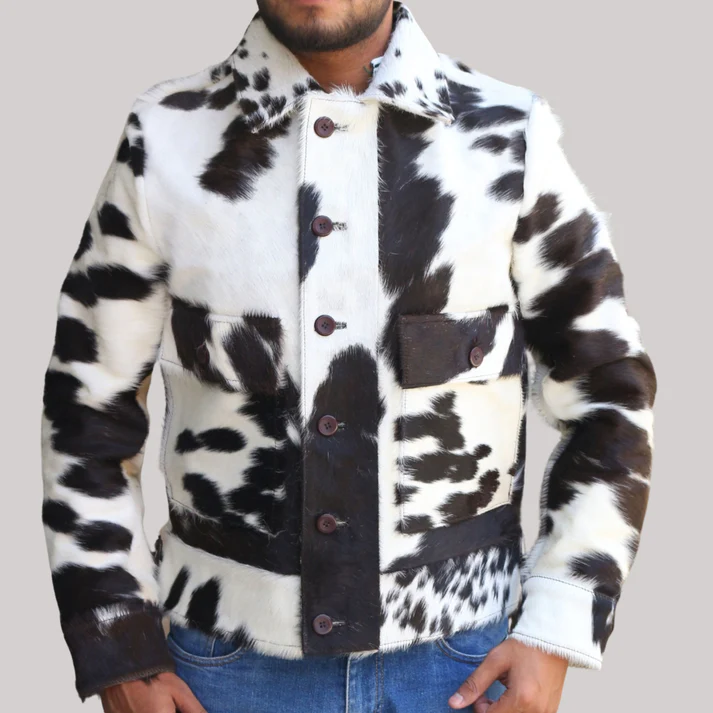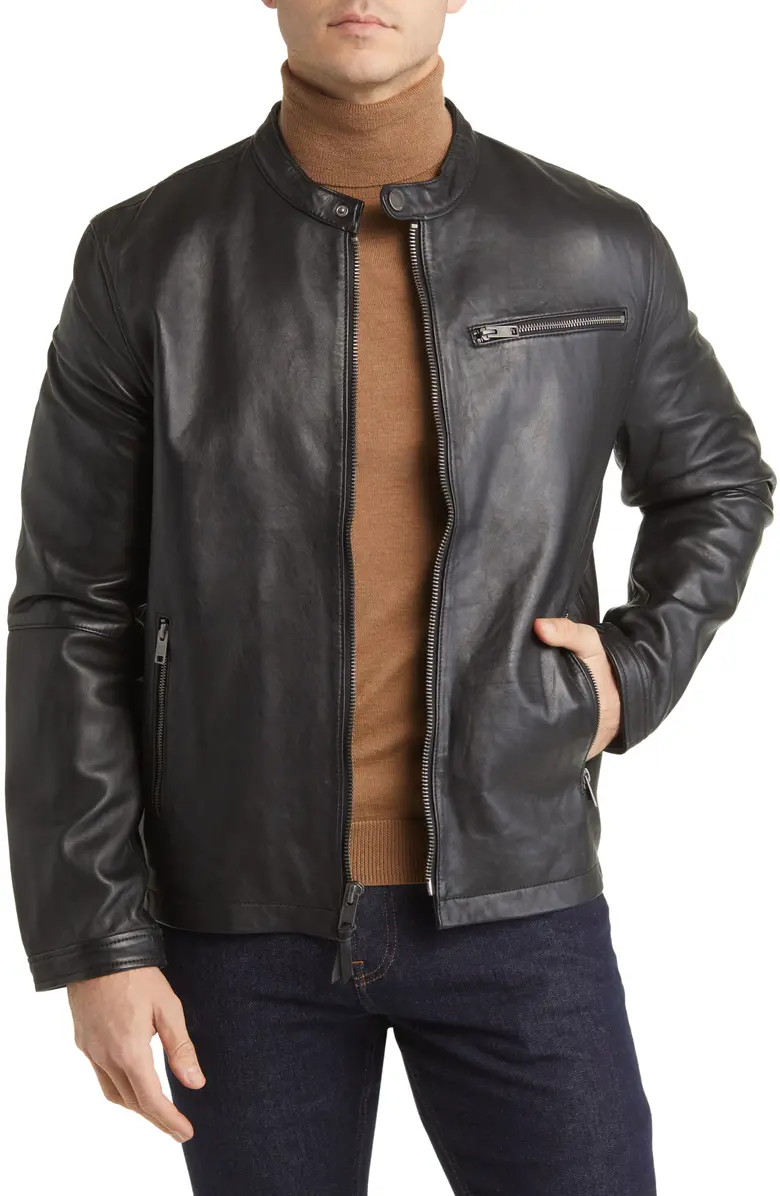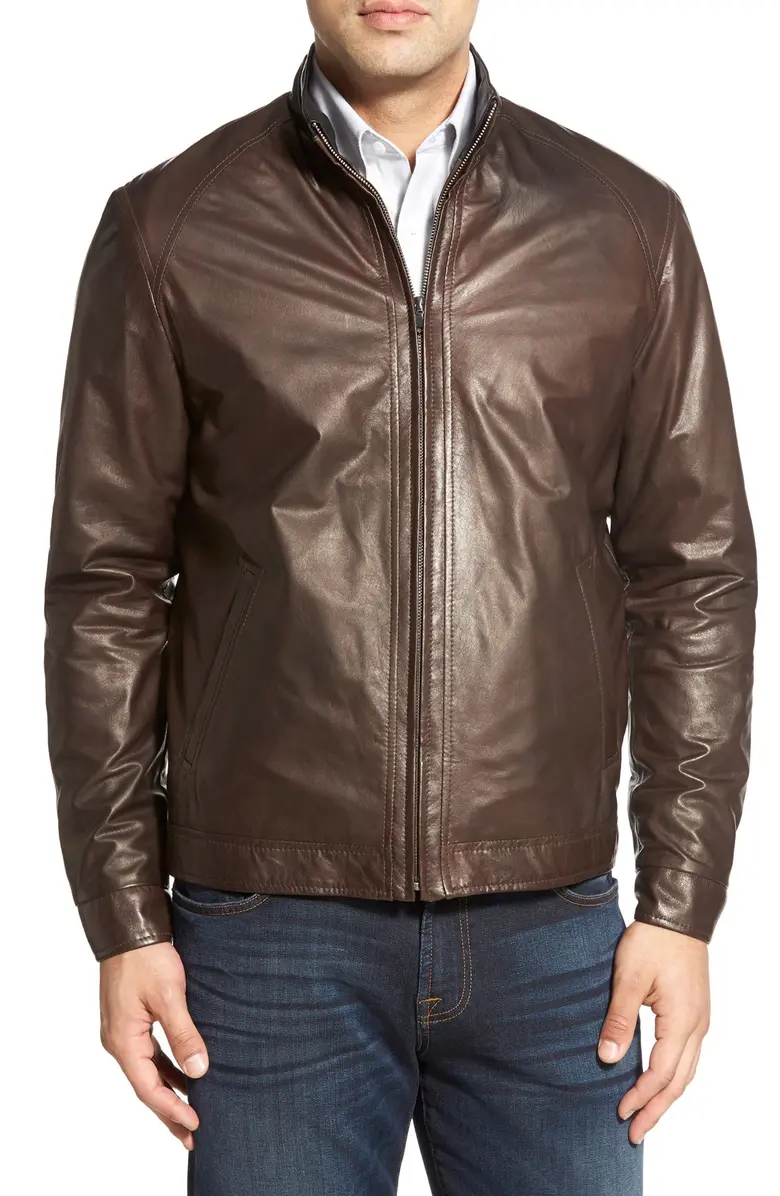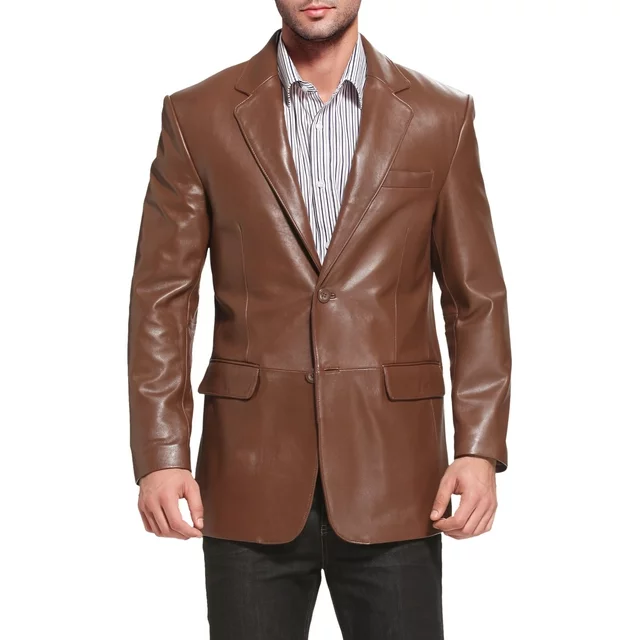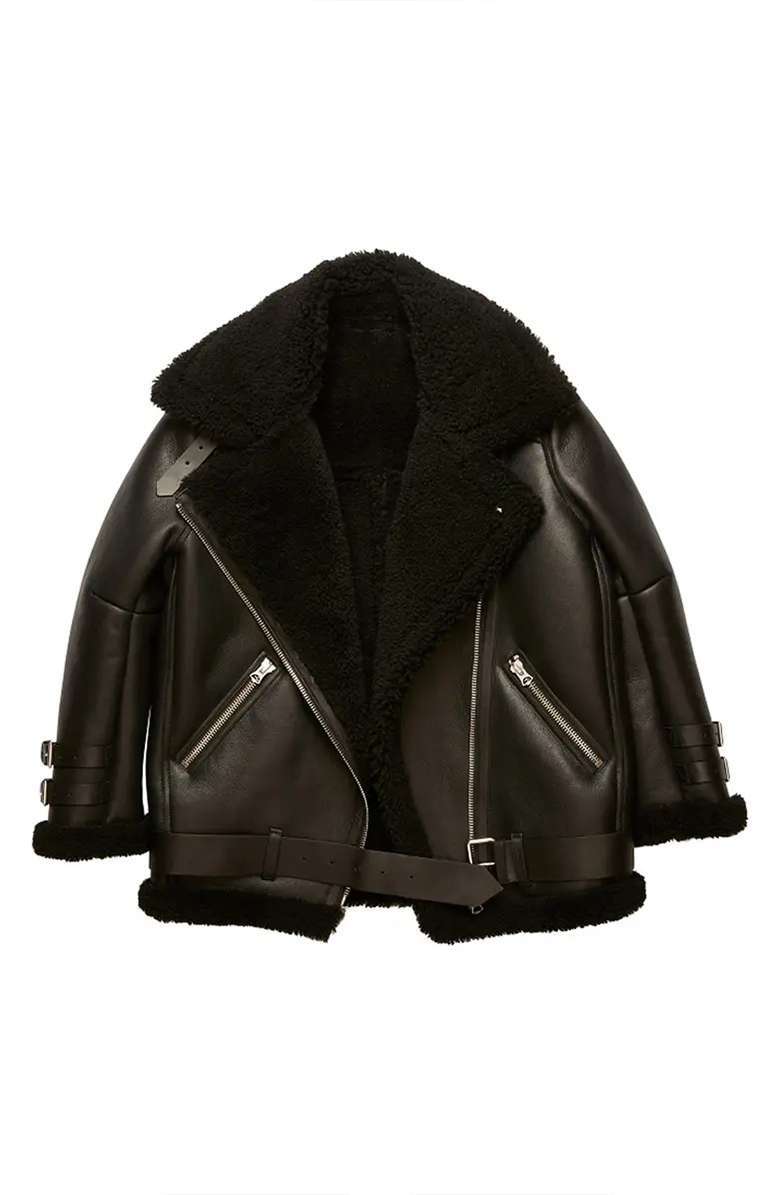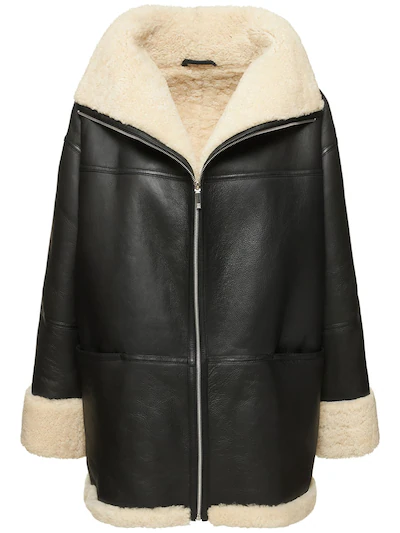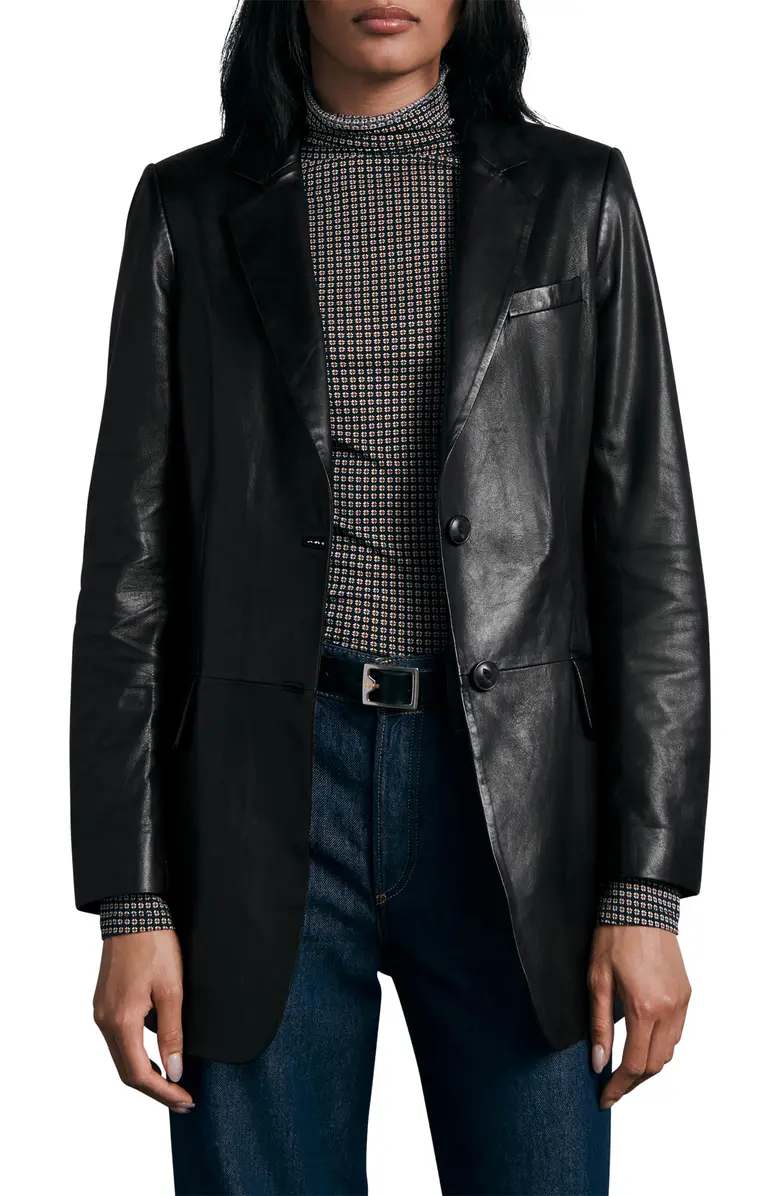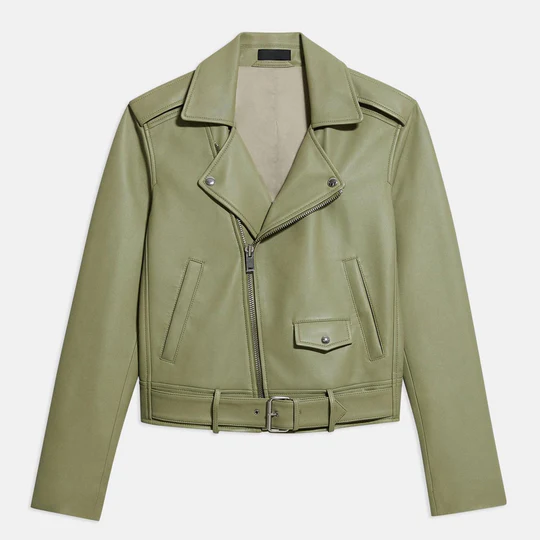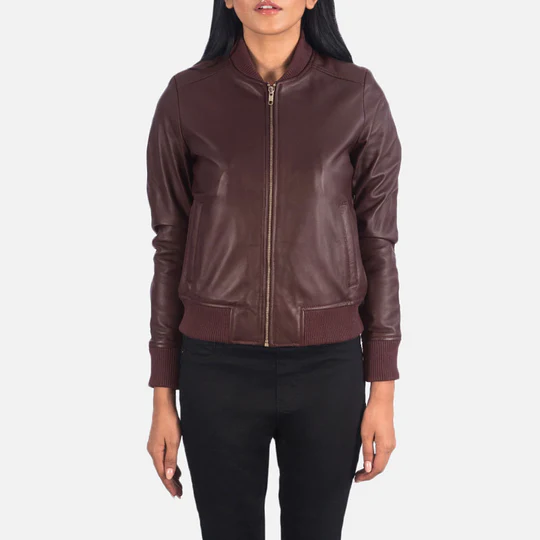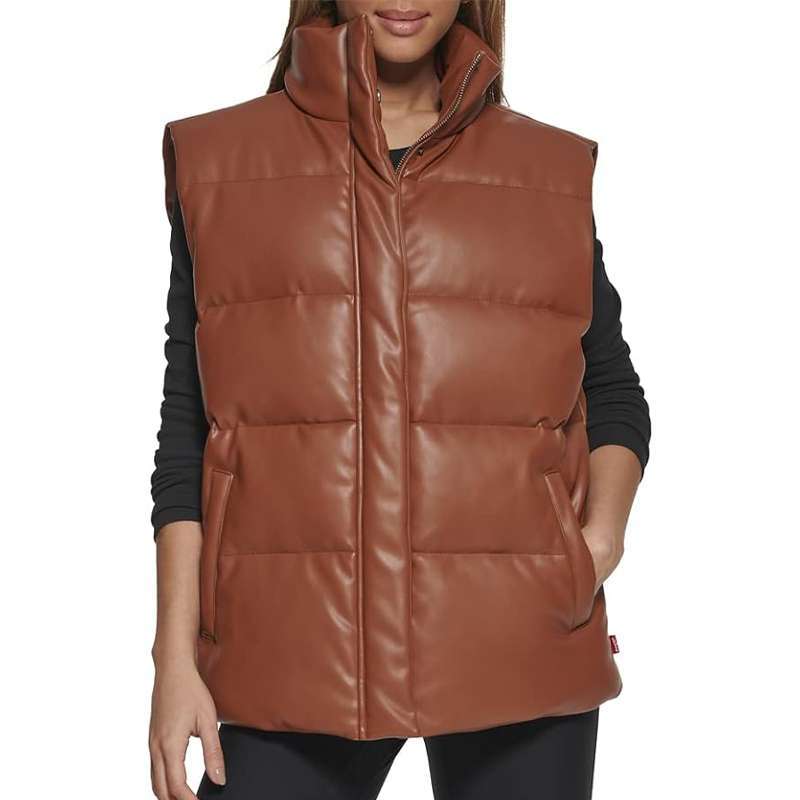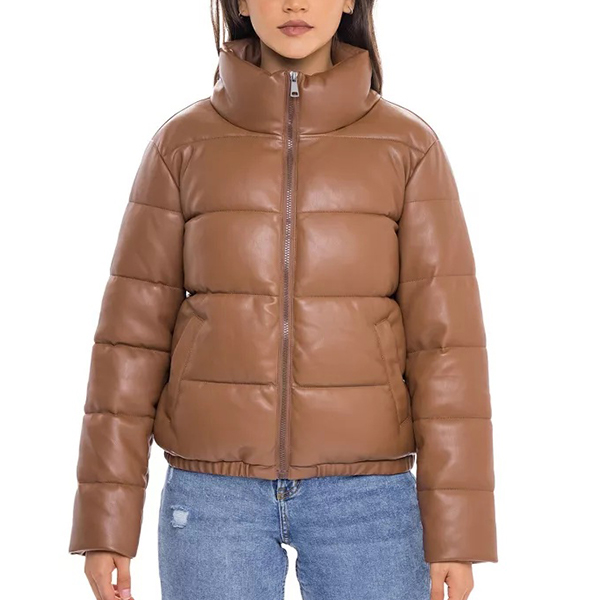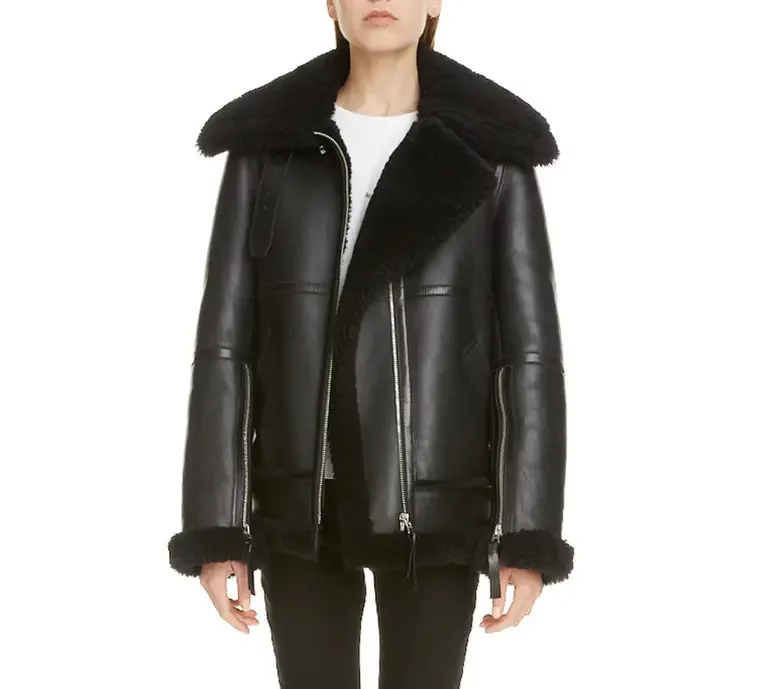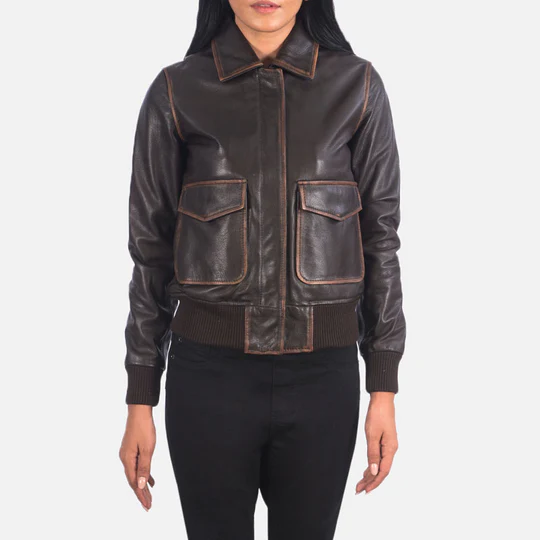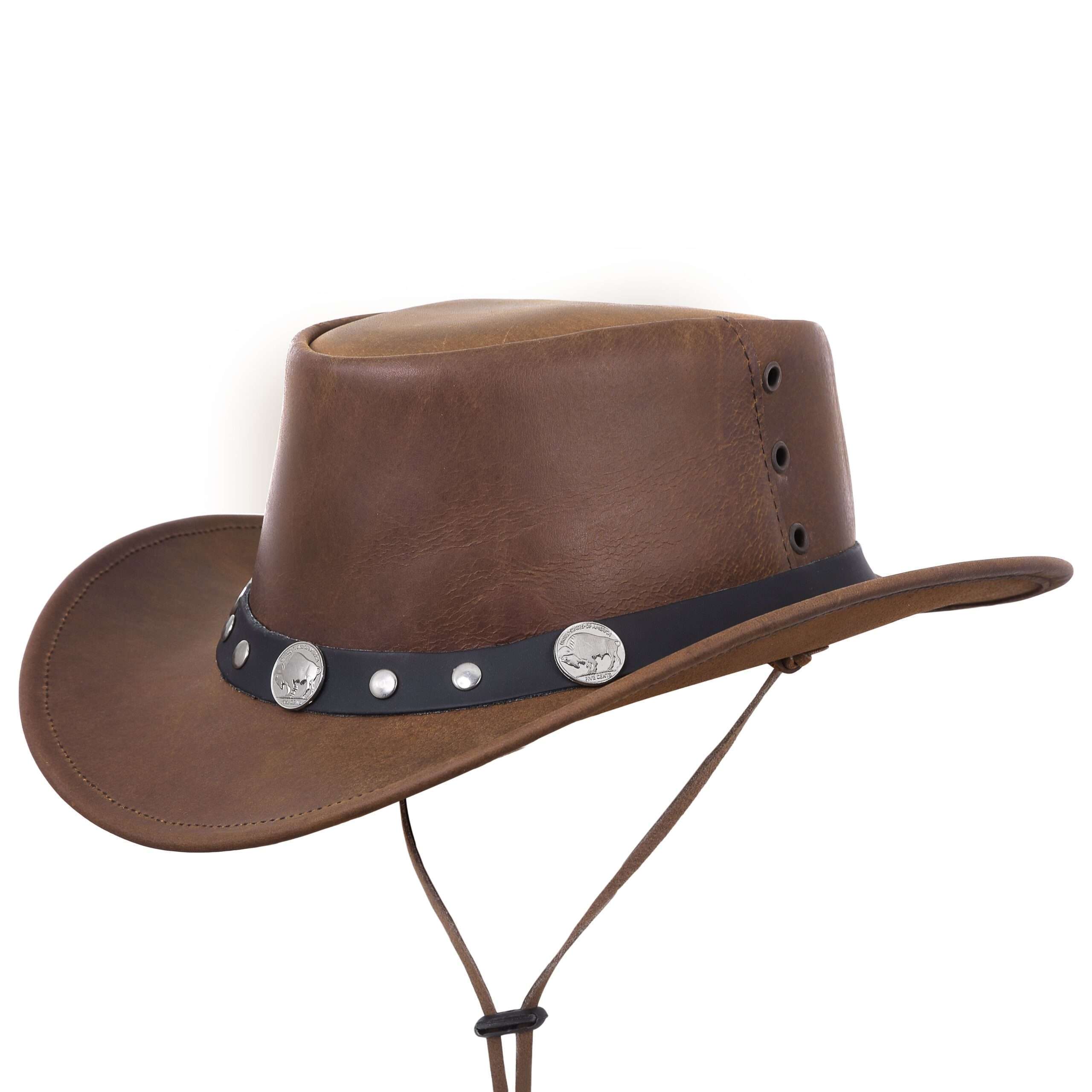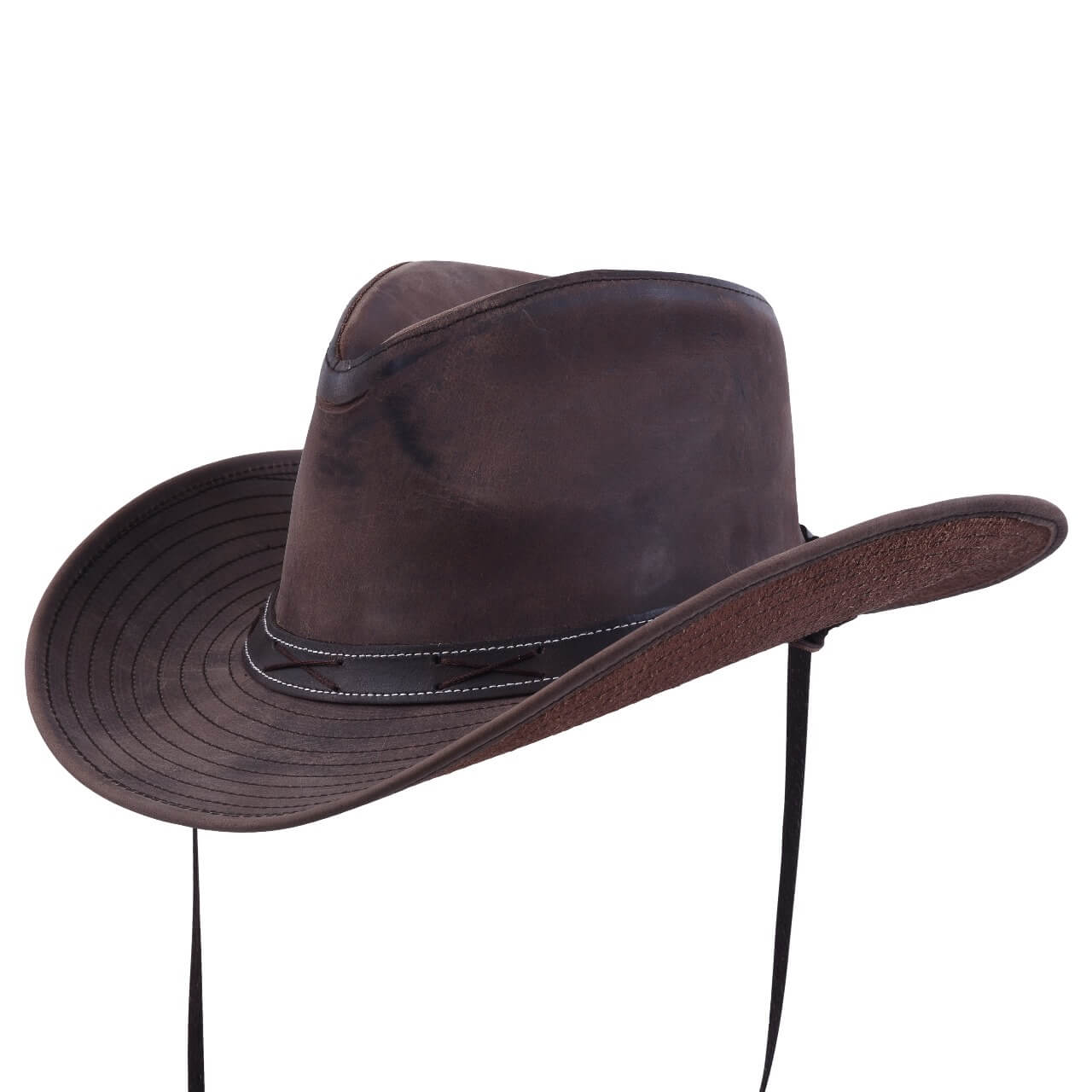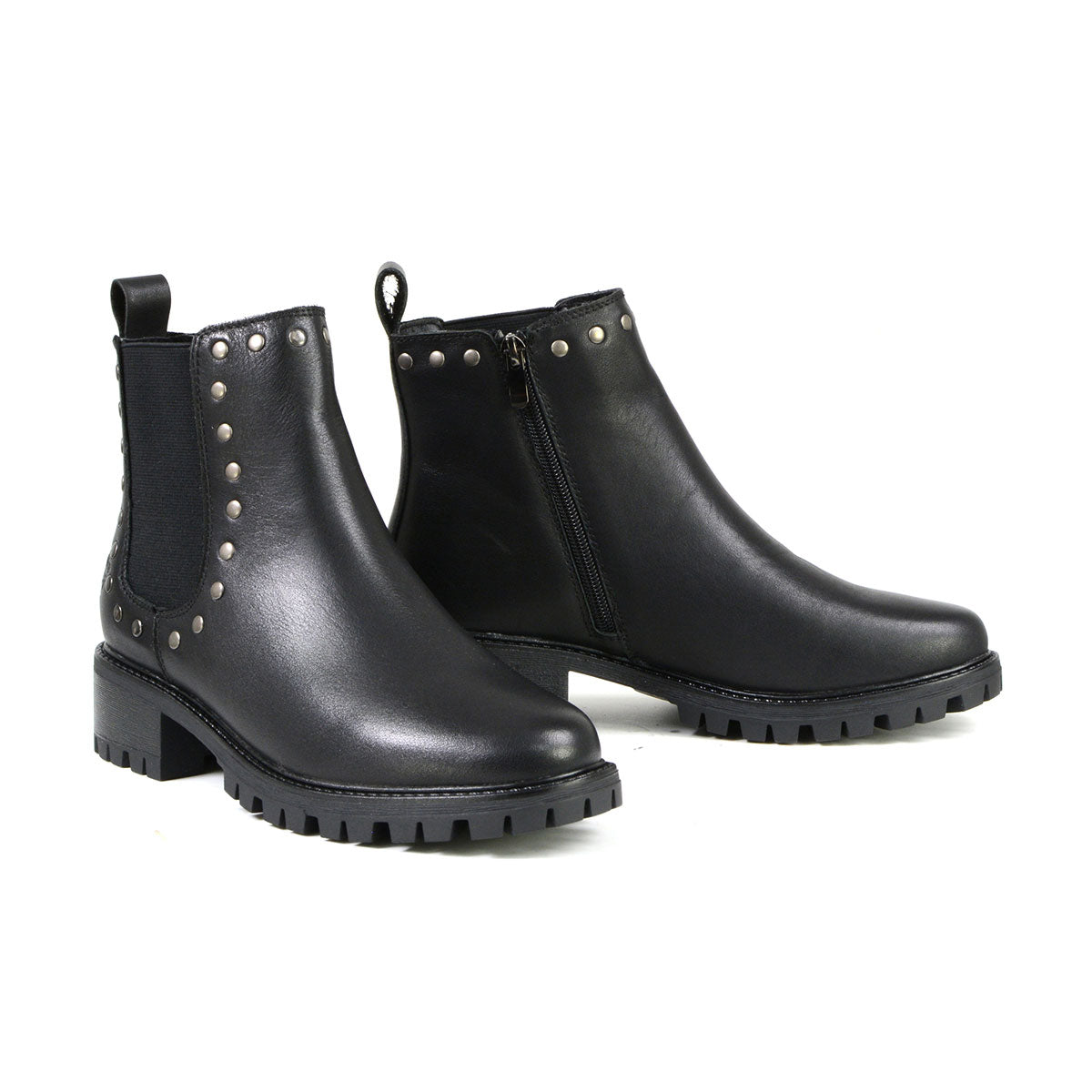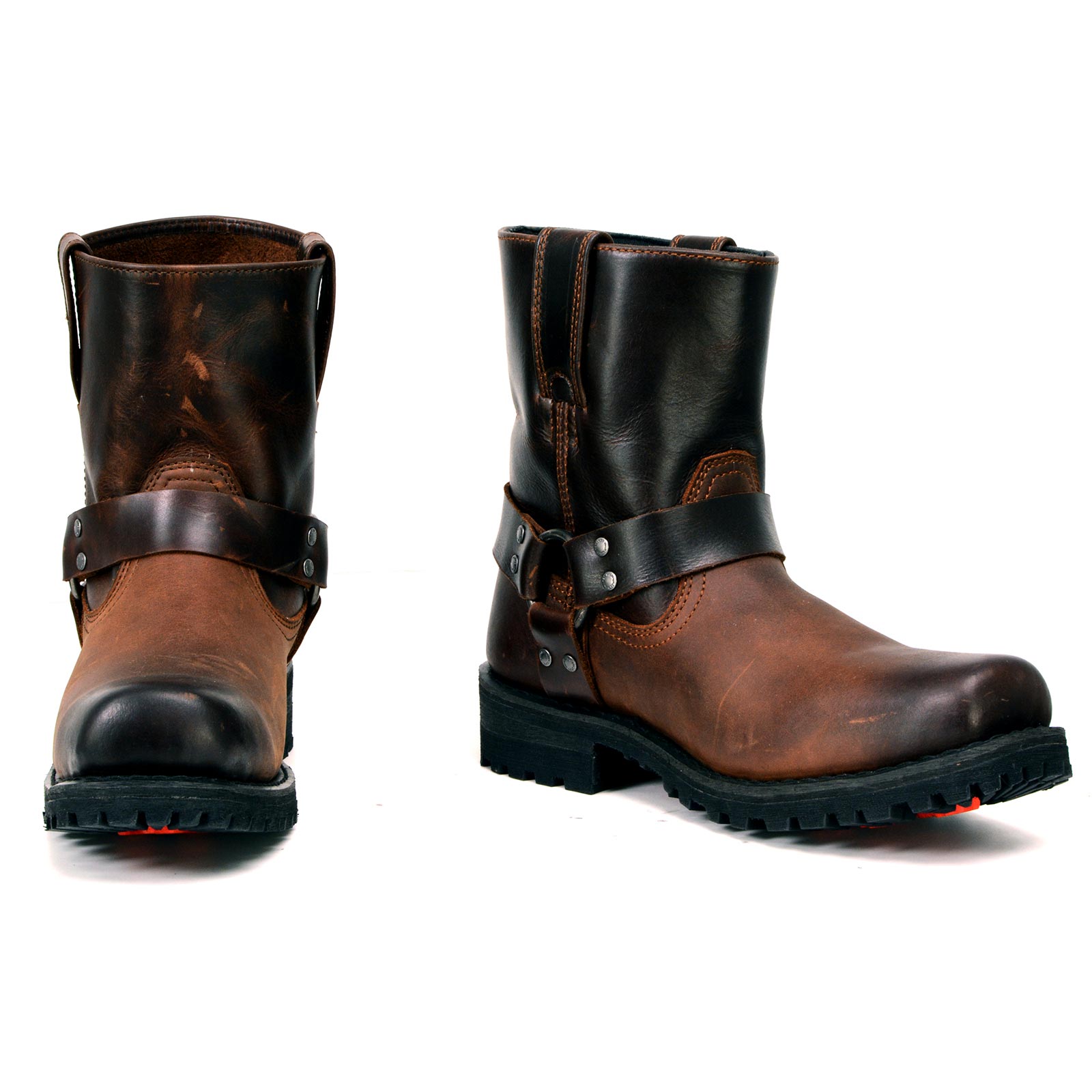A cowboy would not be the same without his trademark, tough, fringe leather jacket. However, why do cowboys wear coats with fringe? The fringe has strong origins in tradition and practicality and is used for more than just ornamentation. The historical, practical, and cultural relevance of fringe on cowboy jackets is examined in this article to help you understand why it became a necessary component of cowboy clothing.
The Foundations of Fringe in Cowboy Culture
The indigenous peoples of North America are the source of the fringe found on cowboy jackets. Fringe was an important component of Native American clothing, employed by many tribes in their everyday dress. Cowboys took this look and made it their own, realizing its practical as well as visual advantages. The fringe detailing of many contemporary cowboy jackets, which continue to honor this rich cultural interchange, is still influenced by Native Americans.
Mens Brown Suede Leather Western Jacket With Fringes
Fringe: A Workable Approach
Cowboys worked long hours on horses and were frequently exposed to dust, wind, and rain, so they had to withstand harsh weather conditions. Their jackets’ fringe provided a useful workaround for these problems. The fringe on a cowboy jacket helped wick away moisture so it dried more quickly after getting wet. The fringe kept the jacket from getting heavy and wet as it moved with the wind. Fringe would also assist scatter dust in the dusty plains, extending the jacket’s cleanliness.
Fringe for Mobility
The increased mobility that fringe provides is another useful benefit. For activities like riding, using equipment, and roping livestock, cowboys required unrestricted mobility. Their jackets’ extra fringe allowed them to move and be more flexible than they would have been able to be in a jacket with tight weaving. It ensured the cowboy wouldn’t be constrained by the jacket during demanding ranch work by striking a balance between comfort and functionality.
Fringe’s Aesthetic Appeal
Although fringe was originally used for practical purposes, it has since evolved into a fashion statement. Cowboys were proud of their appearance, especially in the later years of the American frontier. A cowboy’s jacket’s fringe detailing became a distinguishing characteristic that separated it from typical workwear.
The Status Symbol of Fringe
Clothing throughout the cowboy era served as a means of status and identity expression in addition to being useful. A well-crafted jacket with long fringe made a statement and showed that the wearer was more than simply a dedicated cowboy—they also had a sense of style. Fringe became more and more common in cowboy culture, not only on the ranches but also during rodeos and other public events, solidifying its place as an essential component of the cowboy look.
The Influence of Hollywood on Fringe
Fringe became an iconic component of cowboy design as a result of the romanticization of the cowboy image brought forth by Hollywood’s Golden Age. Cowboys were portrayed in Western movies as brave, tough, and fashionable; they frequently wore coats with eye-catching fringe that swayed with every step. This made the idea of seeing beyond the ranch more widely accepted and made it a globally recognized cultural emblem.
Contemporary Cowboy Style with Fringe Leather Jacket
Fringe is still widely used on coats in the present era. Fringe jackets have changed over time, yet they still have that cowboy feel, whether they are worn casually in cities or on a ranch or during a rodeo. Feather detailing is still popular among high-end designers and companies because of its enduring attractiveness.
Today, Form Follows Function
Modern waterproof fabrics have reduced the need for fringe to fulfill practical functions like moisture-wicking, but its aesthetic appeal endures. Wearing fringe jackets for work and play, cowgirls and cowboys continue to fuse the functional history of fringe with modern design trends.
Fringe Beyond Cowboy Jackets
Fringe has become more popular than only the classic western leather jacket; it is now seen in many more fashion categories. Fringe has become a highly sought-after element in many realms of design, from boots to bags and skirts. Its connection to cowboy culture and the Wild West never fails to inspire sentiments of tough individuality, independence, and adventure.
The Fringe’s Cultural Legacy
Fringe has cultural importance that extends beyond its usefulness and aesthetic appeal. The merging of cultures, especially between Native Americans and the cowboy society, and the enduring legacy of the American West are symbolized by the fringe on cowboy jackets. Fringe is a symbol of respect for Native American customs and the assimilation of such customs into the cowboy way of life as a whole.
The Fringe as a Symbol of Freedom
Fringe artfully echoes the idea of cowboys as emblems of freedom and independence, which is a common perception of them. Fringe’s flowing, untamed design is a reflection of the untamed terrain and free-spirited, outdoor lifestyle that cowboys are recognized for. Fringe blowing in the wind, whether on horseback or in a Western movie, has come to represent the unfettered spirit of the cowboy.
Fringe in Western & Rodeo Events
Fringe is still a common accent piece for Western-themed events and rodeo attire nowadays. Fringe jackets are still worn by competitors and spectators alike, continuing the tradition. Many people use wearing fringe to these events as a means of celebrating a common ancestry and connecting with the cowboy spirit, rather than merely as a reference to history.
In summary
Cowboy jacket fringe is much more than just a fashion accessory. Its practical roots are in improved mobility and weather protection, but it also has a rich cultural history associated with the American West. The combination of history, style, and practicality that characterizes cowboy culture is exemplified by the fringe detailing on cowboy jackets. Fringe, with its roots in Native American culture, continues to be a classic representation of the cowboy lifestyle, characterized by its rugged, free-spirited, and always fashionable look.
